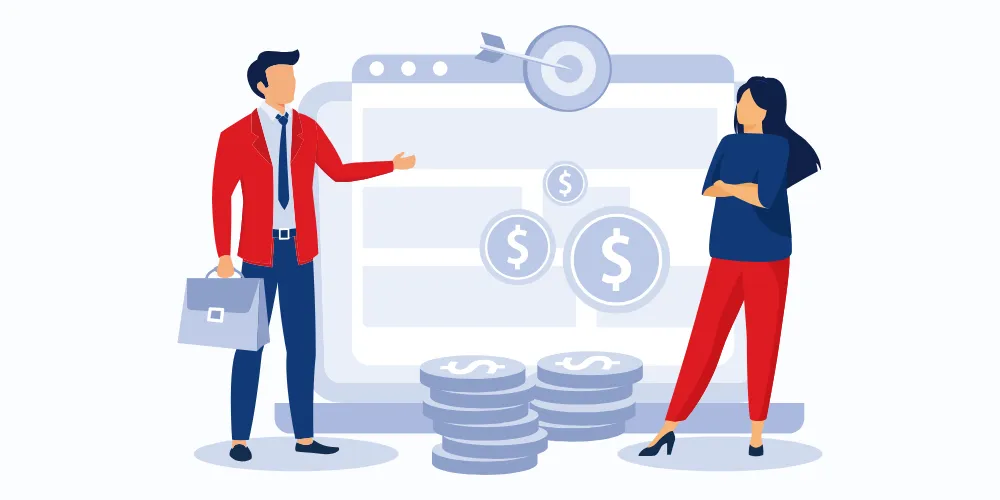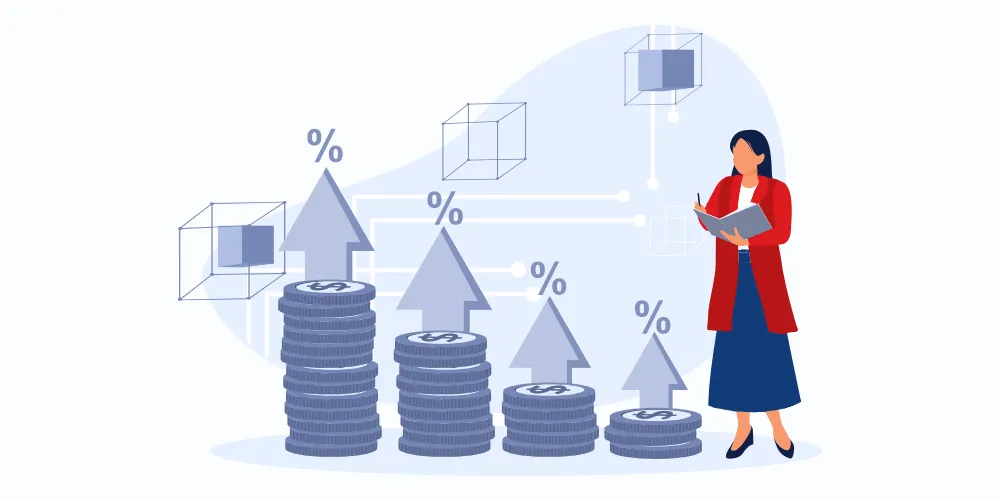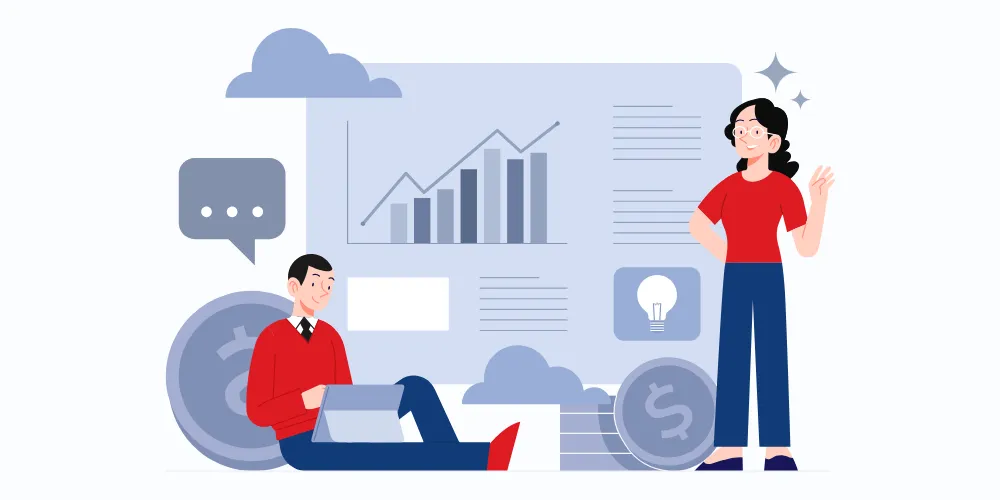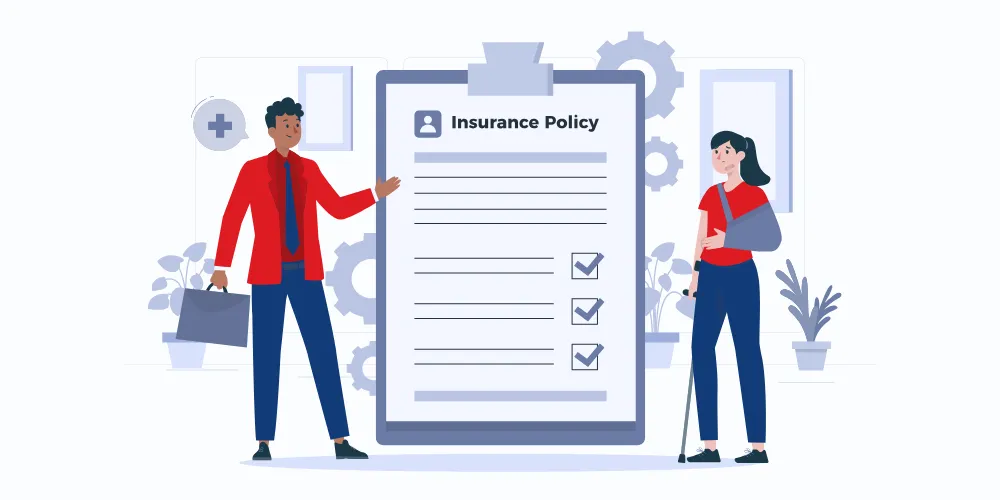Top 10 Sales Comp Trends to Look For 2025
- Permendra Pandey
- Jan 06, 2025
- 4 min read
Sales Compensation Trends of 2025
As businesses gear up for 2025, one thing is clear: the way we approach incentive compensation is changing. Employees expect more transparency, personalization, and fairness, while organizations are seeking smarter ways to align incentives with their goals. The result? A shift toward innovative strategies that motivate teams to improve performance and drive success in a dynamic market. Let’s explore the trends and best practices that are redefining incentive compensation and helping organizations lead the way.
Personalized IC Plans by AI
Gone are the days of one-size-fits-all incentive plans. AI-driven insights now enable companies to design tailored compensation packages based on individual performance, role specifics, and career aspirations. Personalized incentives not only boost employee engagement but also ensure alignment with business objectives.
Best Practice: Use predictive analytics to model and test incentive scenarios, ensuring they resonate with diverse employee personas.
Real-Time Incentive Tracking
Employees increasingly demand transparency in their compensation. Real-time dashboards that track progress against targets have become a must-have. These tools help employees understand where they stand and motivate them to close gaps in performance.
Best Practice: Invest in platforms that integrate seamlessly with your CRM and HR systems, providing daily visibility for all stakeholders.
Cross-Functional Collab in IC Design
Incentive programs no longer sit solely with HR or sales teams. Cross-functional collaboration—involving finance, operations, and IT—ensures that plans are not only attractive but also operationally feasible and aligned with broader business goals.
Best Practice: Form an IC steering committee with representatives from all key departments to create and review plans.
Emphasis on Equity and Fairness
In an era of increased scrutiny on pay equity, organizations must ensure that their incentive programs are fair and unbiased. Advanced analytics can help detect and address disparities before they become reputational risks.
Best Practice: Conduct regular audits of your IC plans to ensure equitable treatment across gender, ethnicity, and other demographic factors.
Quota and Territory Optimization
Inefficient territory assignments and unrealistic quotas remain major pain points for sales teams. AI-powered tools can optimize these aspects by analyzing historical data, market potential, and sales rep strengths.
Best Practice: Continuously revisit and refine sales quotas and territories to reflect market realities and organizational shifts.
Pay-for-Skills Frameworks
Skill-based pay models are gaining traction, rewarding employees for upskilling and acquiring new competencies. This approach encourages continuous learning and aligns talent development with business needs.
Best Practice: Tie a portion of incentives to skill certifications or participation in developmental programs.
Dynamic Incentive Programs
Static, annual incentive plans no longer suffice in today’s dynamic market environment. Companies are adopting more agile approaches, adjusting plans quarterly or even monthly to reflect market conditions and strategic priorities.
Best Practice: Build flexibility into your IC framework to adapt to changing business needs without disrupting employee engagement.
Integrated Reporting and Analytics
The ability to connect the dots between incentive plans and business outcomes has become critical. Comprehensive analytics not only help assess the effectiveness of IC programs but also provide actionable insights for improvement.
Best Practice: Use dashboards that combine sales data with broader business metrics like revenue, customer acquisition, and retention rates.
Work-Life Balance
A growing number of organizations are linking incentive programs with wellness goals. For example, bonuses tied to healthy habits or flexible work arrangements can drive both performance and employee satisfaction.
Best Practice: Introduce incentives for achieving wellness milestones, such as gym memberships or mental health support.
Gamification
Gamification is transforming how organizations motivate employees. Leaderboards, badges, and other game-like features make the process of earning incentives more engaging and competitive.
Best Practice: Implement gamified elements in your IC platform to sustain interest and drive friendly competition among team members.
Conclusion
The incentive compensation landscape is undergoing rapid transformation, driven by advancements in technology and shifting workforce dynamics. By embracing these trends and best practices, organizations can craft IC programs that not only motivate employees but also drive sustainable business success. As 2025 approaches, the time to innovate and rethink your approach to incentive management is now.




